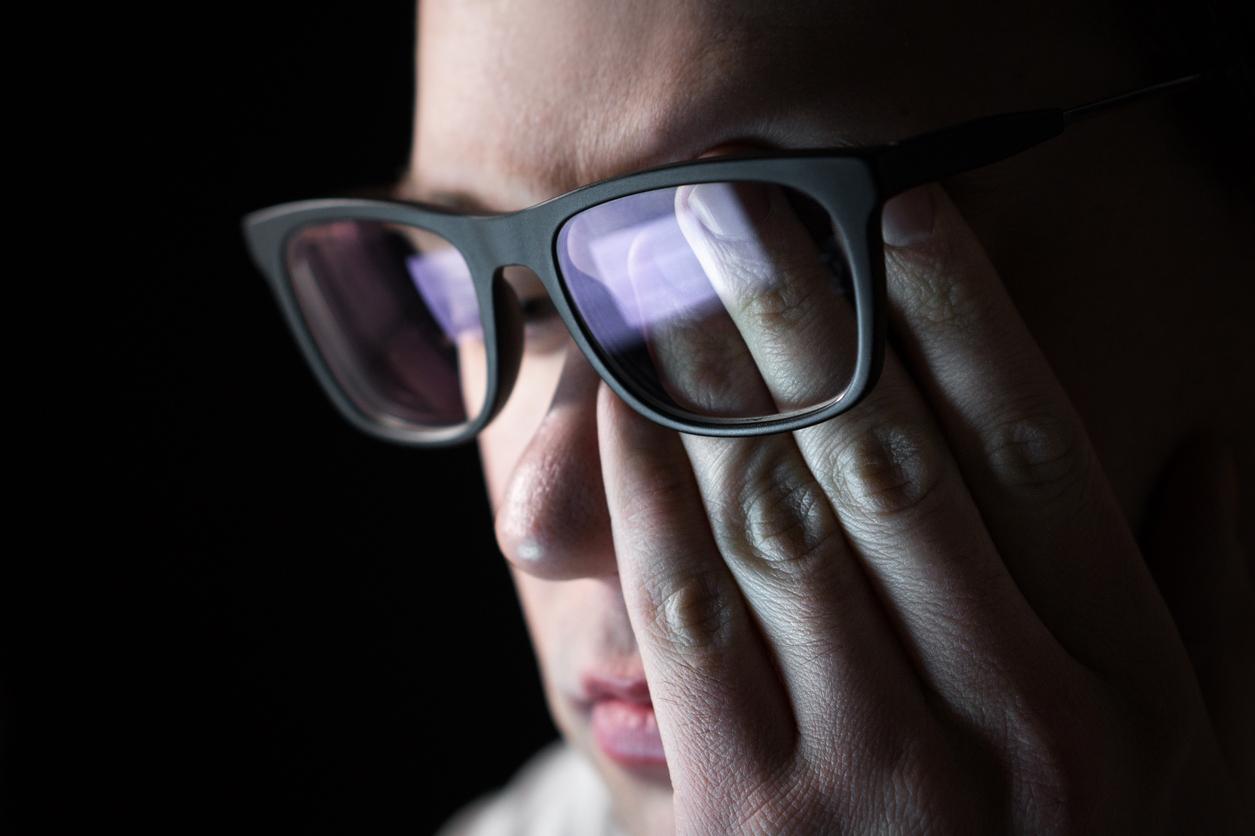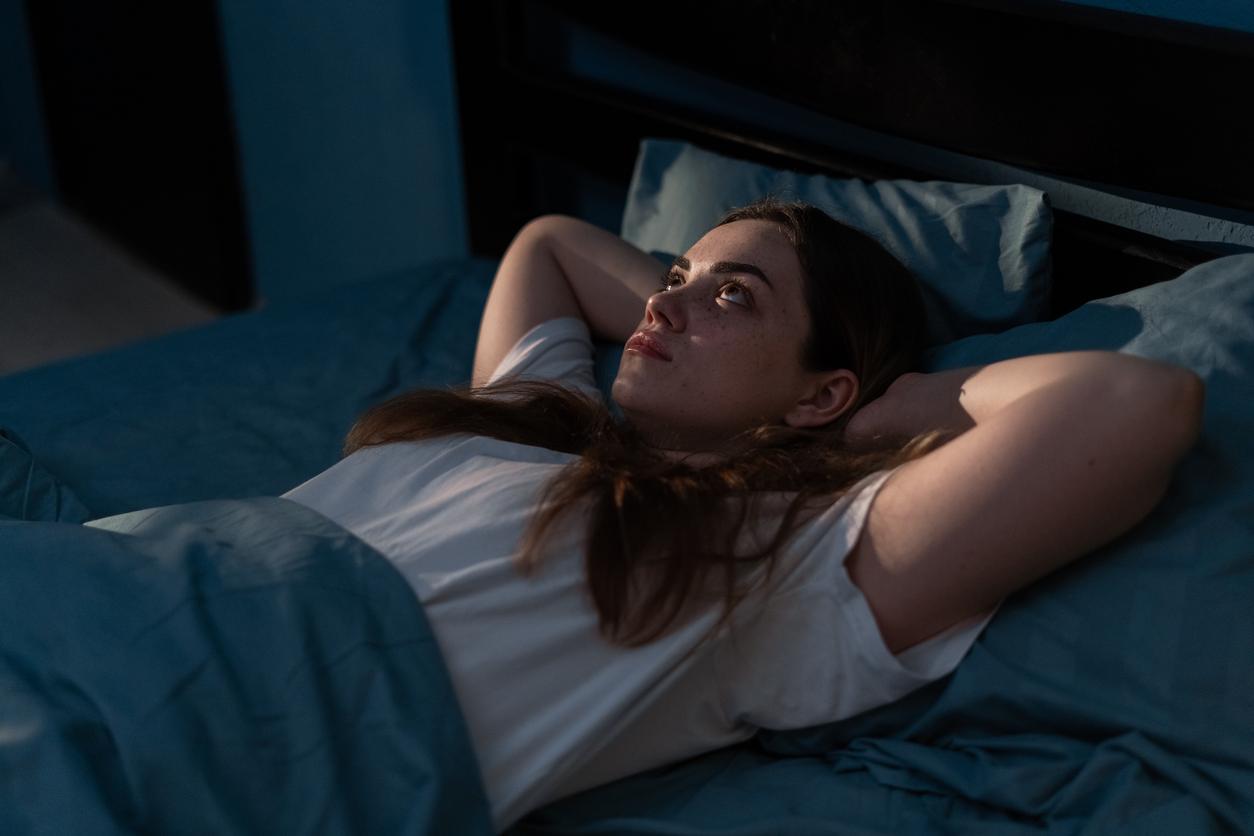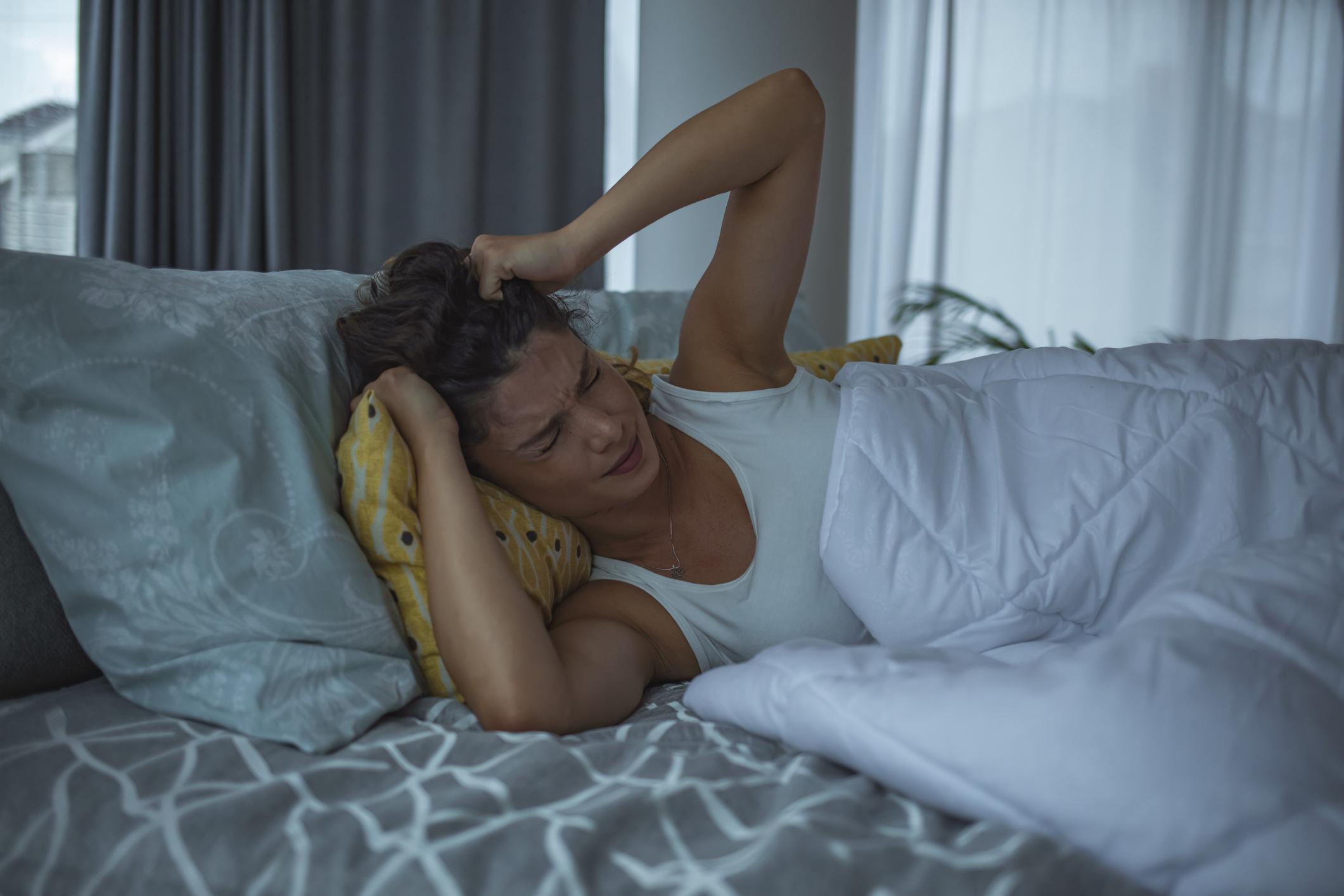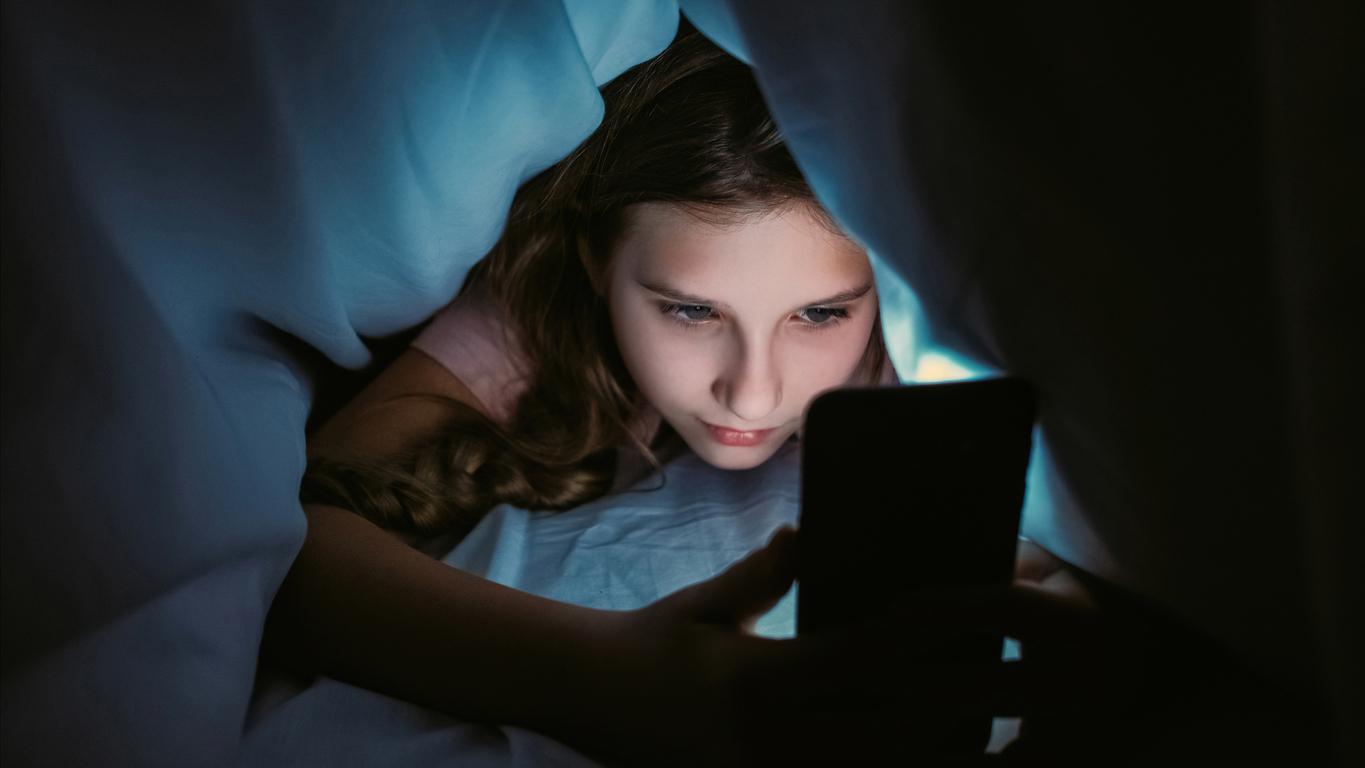Visual fatigue, caused by excessive use of screens, can cause blurred vision, dry eyes, headache … How to protect it?

- Visual fatigue, caused by excessive use of screens, causes symptoms such as blurred vision, dry eyes and headache. It results from the prolonged effort of the eye muscles.
- To reduce it, apply the 20-20-20 rule (break every 20 minutes by setting an object at 6 meters for 20 seconds), adapt your workstation (larger screen, distance from an arm) and use Eye drops.
- Children, particularly vulnerable, must limit their screen time and spend two hours a day outside. Finally, it is better to avoid screens before bedtime to improve sleep.
About 104 million Americans spend more than seven hours a day in front of the screens, according to the American Optometric Association. In France, it is not really more glorious: we pass on average 4.6 hours a day in front of a screenall supports combined, almost a third of our timeless time. With this omnipresent relationship to screens, visual fatigue becomes an almost banal phenomenon, warn researchers in a article published by Associated Press and relayed by various media in the United States. How to limit this eye fatigue due to screens?
The deleterious effects of screens on our eyes
According to scientists, this excessive screen time causes symptoms like dry eyes, blurred vision, headache or even myopia in some, especially children. Health professionals even report sensations of temporary vertigo.
These problems are notably due to the effort which is constantly imposed on an essential muscle for visual development. “This muscle is not designed to stay tense all day. It is like maintaining a light weight above your head for hours: it ends up tiring your body”explain the researchers.
If, fortunately, the blue light emitted by the screens does not cause permanent damage to the eyes, these symptoms, however, often disturb daily life, affecting work, leisure and rest.
How to preserve your vision?
Experts recommend several simple strategies to protect your eyes:
– Follow the 20-20-20 rule : take a break every 20 minutes and look at an object located 6 meters (20 feet) of self for 20 seconds. This helps the muscles of your eyes to relax.
– Adapt your workspace : Use a larger screen, increase the font size and place your monitor at least one arm, orienting it slightly downwards.
– Wet your eyes : When fixing a screen, you blink less often, which causes drought. Lubricating eye drops can relieve this discomfort.

Children, often exposed to screens at school and at home, are particularly vulnerable. Excessive use can notably promote risks of myopia. Ayesha Malik, a pediatric optometrist, recommends the rule of 20-20-20-2: a break every 20 minutes, and two hours of daily outdoor activities to promote healthy visual development.
Finally, note that blue light can disrupt sleep by increasing the awakening. Doctors therefore advise to turn off the screens one to two hours before bedtime or activate the dark mode. To replace screens in the evening, audio books or podcasts can be an optimal alternative, especially for children.

















